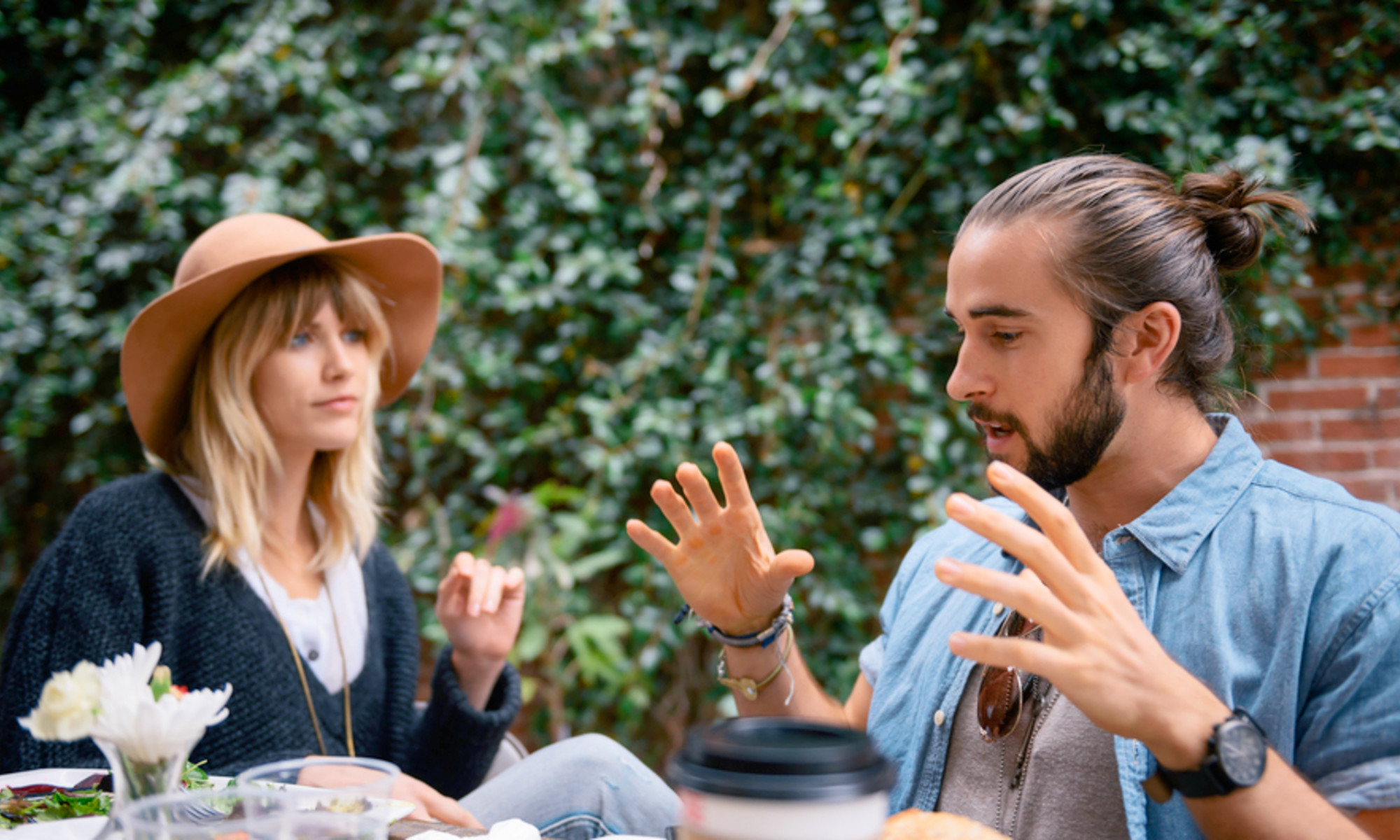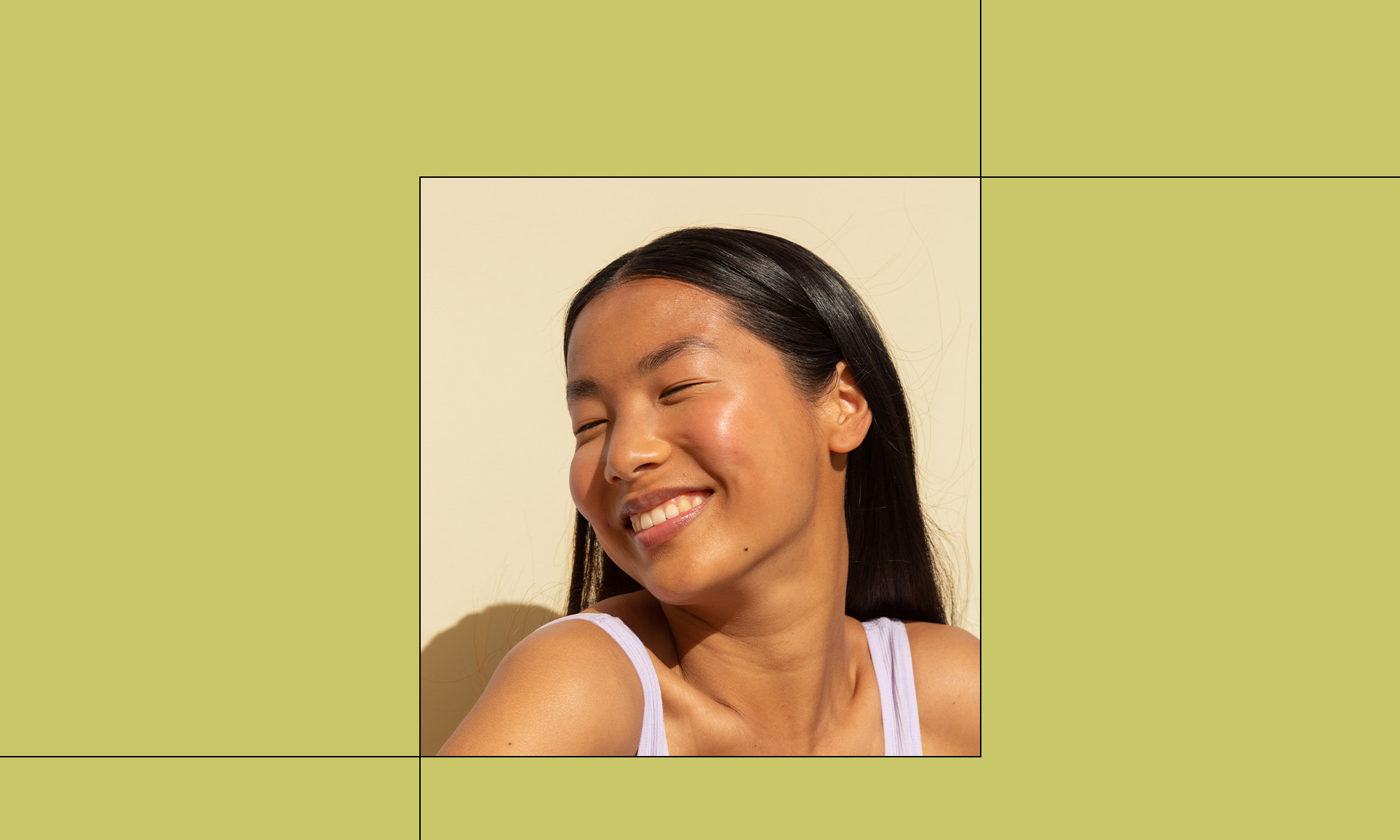Tapping into Our Basic Goodness
How meditation can strengthen our innate capacities for compassion and wisdom The post Tapping into Our Basic Goodness appeared first on Tricycle: The Buddhist Review.

According to Lama John Makransky, everything we care about—including our mental and physical well-being, our relationships, our spiritual life, and our ability to act justly in the world—depends on our ability to access our innate capacities for love and compassion. In his new book, How Compassion Works: A Step-by-Step Guide to Cultivating Well-Being, Love, and Wisdom, which he co-wrote with Paul Condon, Makransky draws from Tibetan Buddhist traditions to lay out concrete practices for strengthening our capacities for wisdom and compassion.
In a recent episode of Life As It Is, Tricycle’s editor-in-chief, James Shaheen, and meditation teacher Sharon Salzberg sat down with Makransky to discuss why compassion is essential to our survival, how meditation can help us tap into our basic goodness, and how we can integrate compassion into our service and action in the world.
Sharon Salzberg (SS): You draw from Tibetan Buddhist practices and modern psychology to lay out a model of cultivating compassion called sustainable compassion training, or SCT. So what is SCT?
John Makransky (JM): From a Tibetan Buddhist perspective, we all possess a tremendously positive, innate potential right in the ground of our experience, which is sometimes called buddha-nature. One way of describing buddha-nature is that it’s the basic space of our being undivided from vast capacities of awareness, warmth, unconditional love, compassion, and wisdom. These awakened capacities are always available below our surface consciousness, in the ground of our experience, but they’re hidden by our limiting habits of thought and reaction.
In sustainable compassion training, we explore several ways derived from Tibetan Buddhism to become increasingly receptive to the unconditional qualities of this innate awakened underlying nature through sense experience, through relational fields of loving connection, and through settling directly into the source of those positive qualities and the depth of our experience. Then, from that depth, we can learn to sense others more in their depth and to hold them in the same unconditional loving qualities.
These awakened capacities are always available below our surface consciousness, in the ground of our experience, but they’re hidden by our limiting habits of thought and reaction.
In the pattern of sustainable compassion training, which is modeled on the pattern of Tibetan Buddhism, there are three modes of practice or meditation: a receptive mode, a deepening mode, and an inclusive mode. In the receptive mode, we bring to mind a relational field of loving connection or a field of care that helps us access unconditional qualities of love, compassion, and wisdom from the depth of our awareness. Buddhists often bring to mind the Buddha or the bodhisattvas; Jews, Christians, Muslims, and Hindus might bring to mind the divine or a communion of saints or spiritual ancestors. Then, in the deepening mode, we let those loving qualities help the mind to settle into the source of those qualities, which is a pervasive openness and lucidity and warmth in the ground of our experience, what Buddhists might call buddha-nature. And then in the inclusive mode, we come from that depth of being to recognize and sense others in their depth, recognizing their profound dignity and positive capacity and including them in the same unconditional qualities of openness, warmth, and compassion.
In the book, we adapt this pattern of practice from Tibetan Buddhism into the system that we call sustainable compassion training, with some assistance also from modern psychology to try to make it accessible not only for Buddhist practitioners but also for people of all backgrounds and faiths who seek an accessible way to cultivate unconditional love and wisdom.
James Shaheen (JS): So, John, you mentioned these three modes, and I’d like to start with the receptive mode. Can you tell us more about how we can practice with a field of care and how this can help us access greater compassion?
JM: The idea is that when someone embodies the positive qualities of their innate, awakened nature, even for a moment, if we’re receptive to the power of their presence with those qualities, it can evoke our corresponding capacity to experience those qualities and to embody them. So for example, Tibetan Buddhist practitioners often bring to mind the Buddha or a field of bodhisattvas as an enlightened field of care or refuge, so they experience themselves as held in the Buddha’s all-pervasive love, compassion, and wisdom, which brings out their own corresponding capacities of appreciation, gratitude, warmth, compassion, and wisdom.
This pattern of practice actually mirrors a pattern of human emotional development described in developmental psychology called attachment theory, which has been very well-established. Attachment theory is basically the idea that in the course of our lives, we need to experience what it’s like to be seen and held in love and care in order to mature into persons who can see and hold others in love and care. That’s the very pattern of this receptive mode field of care meditation, and [we wanted to find a way to] make this accessible to everyone. You can’t just assign people to think of a Catholic saint or a Muslim saint or the Buddha if they’re not from that background; it wouldn’t be meaningful.
One alternative way to do that is through what I’ve called a caring moment meditation, which involves bringing to mind a simple, caring moment with another person or even a pet. We’ve all had many moments like that, but we may not remember them all until asked to. It might be a moment where someone was radiating warmth or kindness to you or was just happy to be with you or really listening or seeing you deeply. It could even be a moment of snuggling with a child or a pet.
The practice is to bring this moment to mind not just as a memory but as happening right now and to try reinhabiting that moment so that you are being seen and held in deep care, warmth, compassion, and acceptance beyond all judgments. Then, you relax into the experience, just steeping in its loving qualities and letting them infuse your whole being and your whole world, every part of you loved in its being. When thoughts and reactions arise in the mind, the practice is to let them be spontaneously embraced in these loving qualities. Everything that arises just arises right into this loving, healing environment to find its own place and its own time welcomed here.
SS: You say that these practices in the receptive mode help us tap into our basic goodness so that we can be more fully present to ourselves and to others, and that leads to the deepening mode. So can you say more about the deepening mode?
JM: In this method of practice, we’re aiming to access qualities coming from the ground of our experience, or what’s called buddha-nature. But that’s not just an abstraction. It’s a basic openness, which is endowed with capacities of warmth, peace, well-being, responsiveness, compassion, discernment, and wisdom. Those are all capacities built into the ground of our experience, but they’ve been largely hidden by our habits of thought and reaction, though never completely hidden.
Throughout our lives, we’ve had many moments of simple caring connection. We may not have been taught to notice them so vividly, but they’re actually moments of revelation. When we catch on to that principle and realize that, “Oh, I could recall a simple caring moment,” I’m not just engaging another person, and certainly not someone who has to be some perfect being. It’s just that in that moment, that person, by being present to me in the way they were, or that dog or cat or whatever it is, is evoking qualities from the very ground of my experience. Those qualities of warmth, care, well-being, compassion, and so forth are coming from the depth of our being. When we realize that’s happening, we can let those qualities help the mind.
In the last step of the caring moment meditation, we actually let those qualities of warmth and ease and deep acceptance be welcomed into that field, into that healing environment. By trusting that loving environment, we let that help the mind to trust enough to relax its grip, to release its ordinary frames of defensive posture and ordinary frames of reference, and to start to relax right into the source of those loving qualities, which is a basic openness, simplicity, lucidity, and warmth. That’s beginning to settle into the deepening mode.
What we discover there is that there is a depth or a kind of a ground that we can learn to connect with and even begin to unify with more and more, sort of like unifying with our deep nature. It takes a lot of repetition and practice, but as we begin to learn to do that, one of the signs that we’re actually catching on to that depth in ourselves is that we sense it in others. That’s the key. That depth doesn’t really have a border around it. That’s not just a depth of me. That’s the depth of all beings. And therefore, as we begin to unify with that depth, we’re sensing through it a depth in others that we naturally have reverence for. It’s like there’s something worthy of reverence in us. We need to be given access to that in ourselves and our own experience so that we can sense that same depth worthy of reverence in others, and not just as a belief but to actually know that more and more. These qualities help us settle more into their source, which is the depth of our being, and from there, we can sense others in their depth and begin to respond to them as the deep beings they are. That’s the third mode, or the inclusive mode.
In my own experience of practice over the years, this is what clued me into what my teachers were doing: They saw me in depth from their depth. They were abiding at this level of being from which it’s the most natural and spontaneous thing to recognize that depth in others and then even to look upon them or be with them, like my teachers with me. Many people describe the Dalai Lama like this because he’s such a good example of it. But that’s what they were doing. In a sense, they were doing something that first begins with not doing anything. They were settled so much into the depth of their being that the power of that was resonating with and communicating with my depth and the depth of others. All this became clearer and clearer through practice.
This excerpt has been edited for length and clarity.

 Kass
Kass 



















![The 2026 AI Search Benchmark Every SEO Leader Needs [Webinar] via @sejournal, @lorenbaker](https://www.searchenginejournal.com/wp-content/uploads/2025/11/1-259.png)



.jpg&h=630&w=1200&q=100&v=ebcc31501f&c=1)








